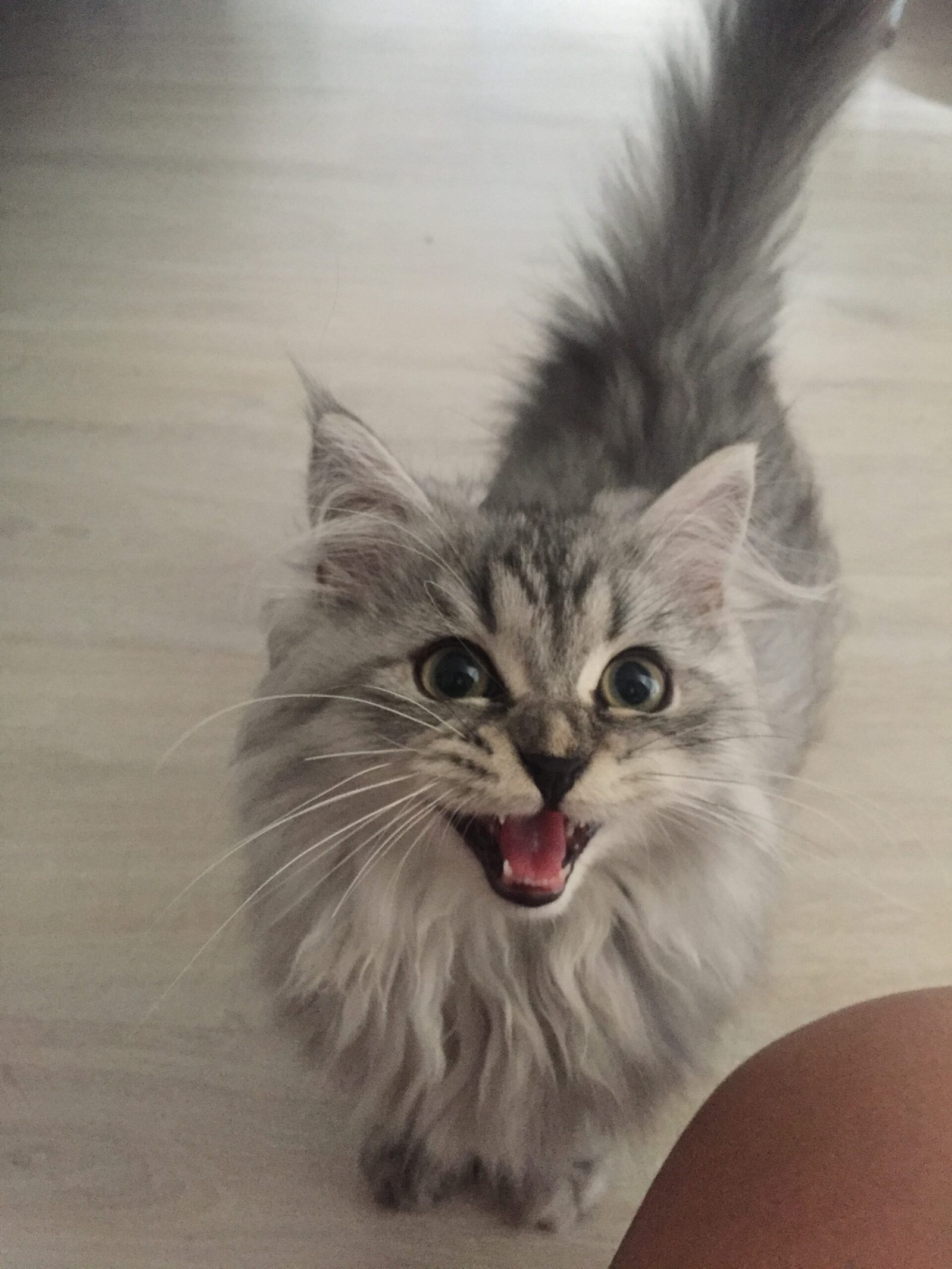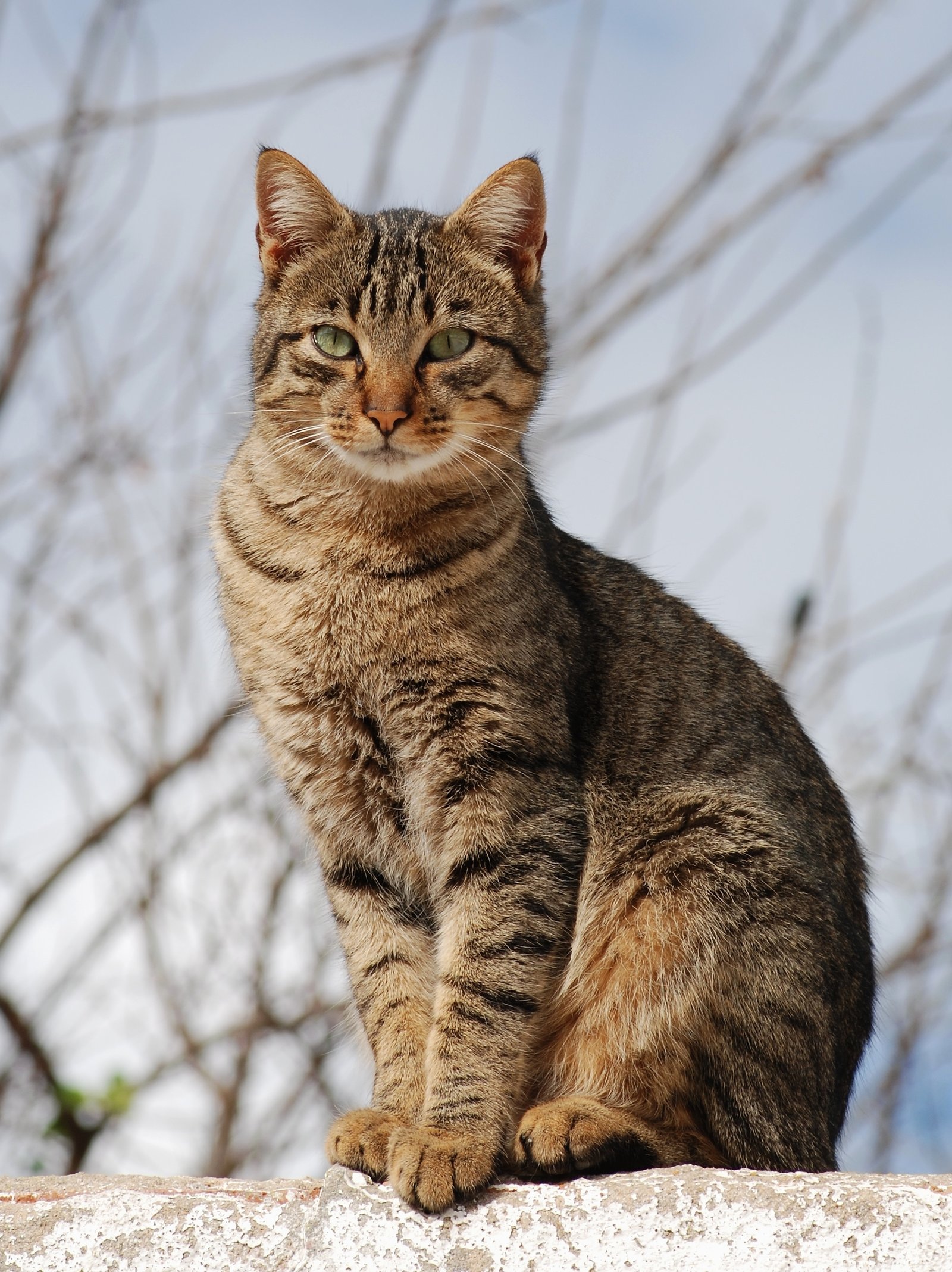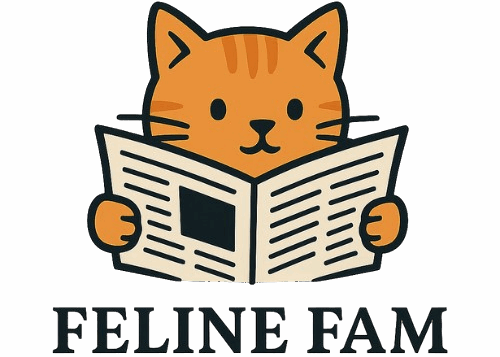Have you ever caught your cat striking a pose in a sunbeam and wondered, “Does she realize how utterly adorable she is?” It’s a question that tickles the mind of every cat lover. Those big, soulful eyes, twitching whiskers, and tiny pink noses seem almost too perfect to be accidental. But what’s really going on inside those mysterious feline heads? Are our cats secretly aware of their charm, or are we just projecting our love onto our furry friends? Let’s dive deep into the captivating world of cats and see if these whiskered wonders actually know just how cute they are.
The Science of Cuteness: Why We Find Cats Irresistible

Cuteness isn’t just a feeling—it’s rooted in biology. Scientists call it “baby schema,” a set of features like big eyes, round faces, and small mouths that trigger nurturing instincts in humans. Cats, whether intentionally or not, fit this description perfectly. When we look at a kitten, our brains release oxytocin, the same hormone involved in bonding with babies. This means our reaction to a cat’s face is more than just emotional; it’s chemical. Our love for their cuteness is hardwired, making us powerless against their charms.
How Cats Perceive Themselves

Cats see the world differently than we do. While they’re highly aware of their surroundings, there’s no evidence they recognize themselves in mirrors or photos. They don’t seem to care about their reflection the way humans might. Instead, their self-awareness is more about their position in their environment and less about their appearance. This suggests that while they’re experts at being cats, they might not actually know they’re cute by our standards.
Do Cats React to Human Attention?

Ever notice how your cat suddenly perks up when you pull out your phone for a photo? Some cats seem to bask in the spotlight, seeking pets and cuddles whenever someone’s watching. Others act like they couldn’t care less, turning their back or walking away. Still, studies show that most cats are tuned into human emotions and body language. They may not know they’re cute, but they definitely notice when their actions bring extra attention.
Social Intelligence in Cats

Cats are often painted as aloof, but that’s only part of the story. Research shows they’re actually quite good at reading human cues. They can pick up on our moods, voice tones, and even facial expressions. Some scientists believe this social intelligence helps them form stronger bonds with us. If your cat seems to “turn on the charm” when you’re sad or stressed, it could be their way of connecting, not a calculated move to showcase their cuteness.
The Power of the Purr

A cat’s purr is more than just a sound—it’s a superpower. Not only does purring melt our hearts, but it also has therapeutic effects for both cat and human. Some believe cats purr to manipulate us, drawing us in with their soothing vibrations. While it’s unlikely cats purr just to show off their cuteness, the effect is undeniable: it makes us want to snuggle them more. Whether intentional or not, their purr is a key player in the cuteness game.
Body Language: Do Cats “Pose” for Us?

Have you ever caught your cat striking a dramatic pose? Sprawled belly-up in a sunbeam, legs in the air, eyes half-closed—it looks almost staged. But experts say this is less about showing off and more about comfort and trust. When a cat exposes their belly, they’re revealing their most vulnerable spot. So while the pose is irresistibly cute to us, for them, it’s a sign of relaxation and safety, not vanity.
Vocalizations: Is Meowing a Tool for Cuteness?

Interestingly, adult cats rarely meow at each other in the wild. They reserve those sweet, plaintive sounds mostly for humans. Some researchers believe cats have “domesticated” their meows to better communicate with us, mimicking the cries of a human baby. This could be a clever adaptation, ensuring they get our attention—and maybe an extra treat or two. Whether or not they know it’s cute, cats know it works.
Facial Expressions and Eye Contact

When your cat gives you a slow blink, it’s like a silent “I love you.” This gentle gesture is both endearing and genuine. While cats don’t smile like people, their facial expressions can melt our hearts. Do they know it makes us swoon? Probably not. But they do use eye contact to build trust and communicate affection, which feels pretty close to knowing their effect on us.
Why Do Cats Rub Against Us?

That head bump or body rub isn’t just cute—it’s a powerful social gesture. When cats rub against our legs or faces, they’re marking us with their scent, signaling belonging and affection. It’s a behavior rooted in their wild ancestry, but with domestication, it’s become a universal sign of feline love. The cuteness is a happy side effect, but the real message is, “You’re mine.”
The Fluffy Belly Trap: Cute or Calculated?

The classic “fluffy belly trap” is both adorable and deceptive. Cats roll over and expose their tummies, inviting us to pet them, only to clamp down with claws and teeth seconds later. Is this a cute trick or a test of trust? Most experts agree it’s a mix of both—cats feel safe but still want to keep us guessing. The move is undeniably cute, but it’s more about play than performance.
Kitten Behavior vs. Adult Cats

Kittens seem almost designed to be cute—they tumble, squeak, and chase their own tails with reckless abandon. As cats grow older, their playfulness may mellow, but their charm never really fades. While kittens are naturally more attention-seeking, adult cats develop subtler ways of connecting with us. Their behavior shifts, but their appeal remains just as strong.
Do Cats Understand Compliments?

When you shower your cat with praise—“Who’s the prettiest kitty?”—do they get it? Cats respond better to tone and repetition than to specific words. So while they might not understand our compliments, they certainly notice the loving attention. The affection in our voices matters more to them than the content, making positive interactions a vital part of the human-cat bond.
Playful Pranks: Cuteness or Mischief?

Cats are notorious for their playful antics—chasing string, batting at shadows, or launching surprise attacks on our toes. Sometimes, their mischief is so cute it’s impossible to be mad. Are they intentionally trying to make us laugh? Maybe not, but their playful nature is a big part of their charm. It keeps us entertained and deepens our affection for them.
Sleeping Positions: A Lesson in Adorableness

There’s something magical about a sleeping cat. Curled in a ball, stretched out like a noodle, or tucked in a box—they look peaceful and impossibly cute. Scientists say cats sleep in these positions for warmth and security, not to charm us. Still, their ability to turn even napping into a work of art is part of what makes them so lovable.
The Role of Grooming in Feline Cuteness

Cats are fastidious groomers, always keeping their fur soft and clean. This self-care is more about health than looks, but it has the happy side effect of making them extra cuddly. Watching a cat wash its face with dainty paws is an endless source of delight for humans. While they groom for comfort, the result is undeniably cute.
Do Cats Copy Human Behavior?

Some cats seem to mimic our actions—sitting on our laptops, following us from room to room, or even “helping” with household chores. This imitation isn’t about being cute, but about bonding and curiosity. Cats are observant creatures, and they often learn routines by watching us. Their attempts to join in are both adorable and a sign of their connection to us.
Cat Culture Online: Viral Cuteness

The internet is obsessed with cats, and for good reason. Videos of cats doing funny, heartwarming, or ridiculous things rack up millions of views. Has this fame gone to their heads? Not likely. Cats remain blissfully unaware of their viral stardom. Their natural behaviors, captured on camera, keep the world enchanted. It’s a testament to their timeless appeal.
The Human Side: Why We Want Cats to Know

Ultimately, the question of whether cats know how cute they are says as much about us as it does about them. We want our love and admiration to be recognized. Maybe it’s wishful thinking, but it’s also a celebration of the special bond we share. Loving a cat is an emotional rollercoaster—equal parts hilarity, frustration, and pure joy.
Cats may never truly know how cute they are, but maybe that’s what makes them so endearing.

Growing up traveling and experiencing new cultures and wonders, I have had a passion for nature, adventuring, photography, and videography. I am currently working towards a BSc in Biodiversity and Ecology at Stellenbosch University, and I hope to specialise in Marine Sciences one day.
Please send any feedback to Feedback@animalsaroundtheglobe.com






